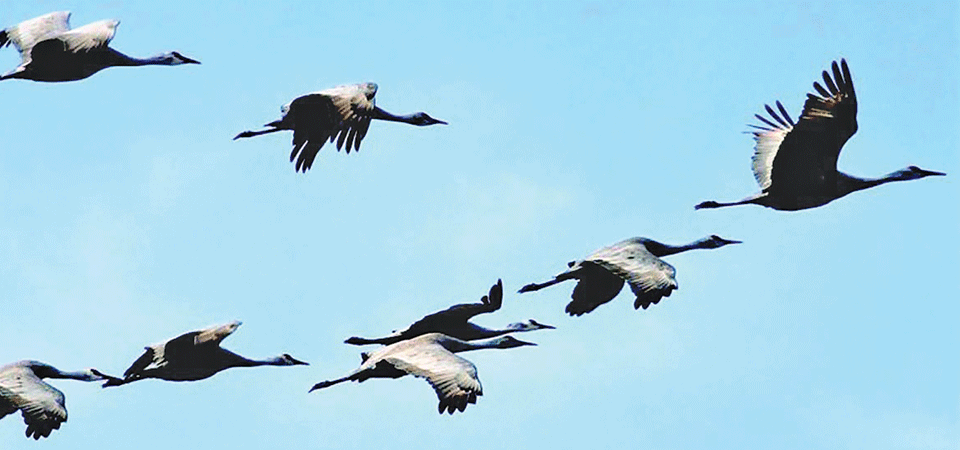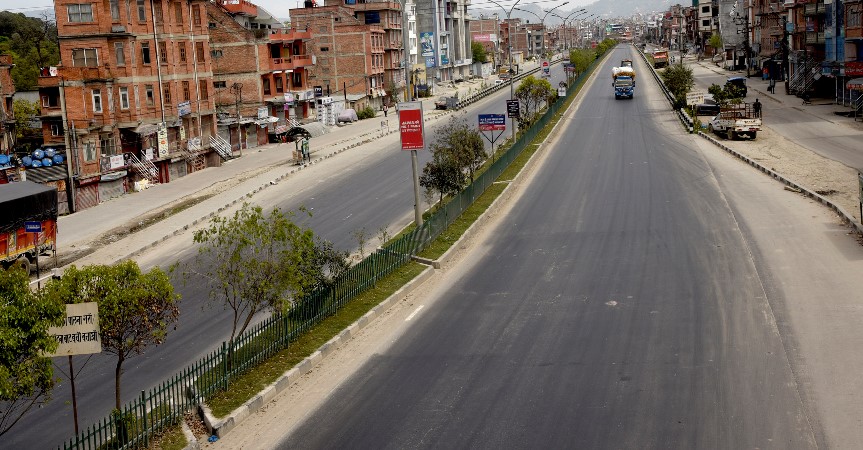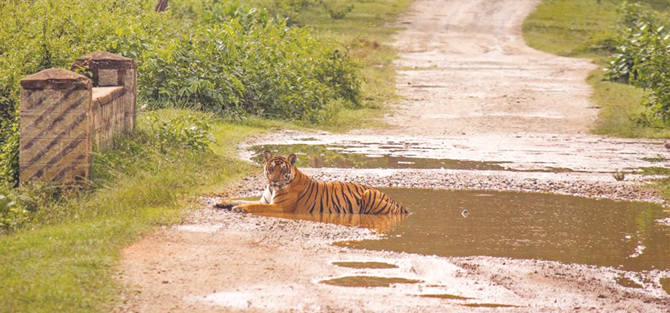Listen to songs of birds as a call to protect them

By Indira Aryal
Kathmandu, May 9: With the theme ‘Sing, Fly, Soar – Like a Bird!’ World Migratory Bird Day this year invites everyone to sing, fly and soar like a bird.
Every year, May 8 is observed as World Migratory Bird Day (WMBD) across the globe in an effort to raise awareness about migratory birds and the need for international cooperation to conserve them.
According to the ornithologists, the campaign this year will focus on the phenomena of ‘bird song’ and ‘bird flight’ as a way to inspire and connect people of all ages around the world to appreciate migratory birds and to unite in a common, global effort to protect birds and their habitats.
Billions of migratory birds sing, fly and soar to and from their breeding and non-breeding sites.
This time, as the pandemic has slowed down people’s mobility markedly, many people have been able to listen to and watch birds like never before.
According to ornithologist Hem Sagar Baral, the number of migratory birds is on the decline globally and Nepal is not an expectation.
“There are both summer and winter migratory birds in Nepal. During the winters, birds from the North migrate to Nepal while birds from the South migrate during the summers,” Baral said, adding, “The number of winter migratory birds is larger than the summer migratory birds.”
In winter, some 150 species of birds come to Nepal while in summer, only 60 species visit the country for a certain period to breed and raise their chicks.”
In Nepal, around 62 species are summer visitors or partial migrants, which include dozens of species of cuckoos, swifts, bee-eaters, flycatchers and drongo. “A total of 150 species of birds are winter visitors in Nepal, originating from a wide area in the Palearctic. These include ducks, geese, birds of prey, waders, pipits, wagtails, thrushes, warblers, finches and buntings,” said ornithologist Krishna Prasad Bhusal.
According to Baral, half of winter migratory birds are dependent on wetlands hence found in wetland areas, mostly in Koshi Toppu Wildlife Reserve, Chitwan National Park, Jagdhishpur Reservoir and Karnali River, which connects Bardiya National Park and Suklaphanta National Park. The rest are forest and grassland birds, so they are not dependent on wetlands.
However, summer migratory birds are found in almost all areas. “Birds need special habitats and conservation areas. They gravitate towards well- conserved areas to breed and raise their young ones, so they are mostly found in national parks and protected areas,” he said.
Bhusal, who is also a Member of IUCN-SSC (International Union for Conservation of Nature - Species Survival Commission) Vulture Specialist Group, said that Nepal was an exceptionally rich country in terms of the diversity of bird species.
“Though a small nation, Nepal boasts
of more than 886 species of birds, which is around eight per cent of the total bird species across the globe,” he said. However, the number of migratory birds has been declining in the country mainly due to the destruction of wetlands (water bodies), pollution and different human activities like hunting, boating and disposal of sewage into the sources of water. Due to these factors, winter migratory water birds are under threat in Nepal.
“Summer migratory birds are also in peril due to loss of habitat caused by forest degradation, loss of grasslands, excessive use of pesticides in farmland, and forest fires,” Bhusal said.
Ornithologist Baral also pointed that the main problem for migratory birds were degradation of habitat, poisoning, high voltage wire (especially for large avian species) and climate change. According to Bhusal, nearly 20 per cent of Nepal’s birds (168 species) are on the verge of extinction. Furthermore, 62 species are near-threatened nationally. Eight species are now extinct, because they have not been sighted since the 19th century. A total of 43 globally threatened species of birds are found in Nepal.
Recent News

Do not make expressions casting dout on election: EC
14 Apr, 2022
CM Bhatta says may New Year 2079 BS inspire positive thinking
14 Apr, 2022
Three new cases, 44 recoveries in 24 hours
14 Apr, 2022
689 climbers of 84 teams so far acquire permits for climbing various peaks this spring season
14 Apr, 2022
How the rising cost of living crisis is impacting Nepal
14 Apr, 2022
US military confirms an interstellar meteor collided with Earth
14 Apr, 2022
Valneva Covid vaccine approved for use in UK
14 Apr, 2022
Chair Prachanda highlights need of unity among Maoist, Communist forces
14 Apr, 2022
Ranbir Kapoor and Alia Bhatt: Bollywood toasts star couple on wedding
14 Apr, 2022
President Bhandari confers decorations (Photo Feature)
14 Apr, 2022









